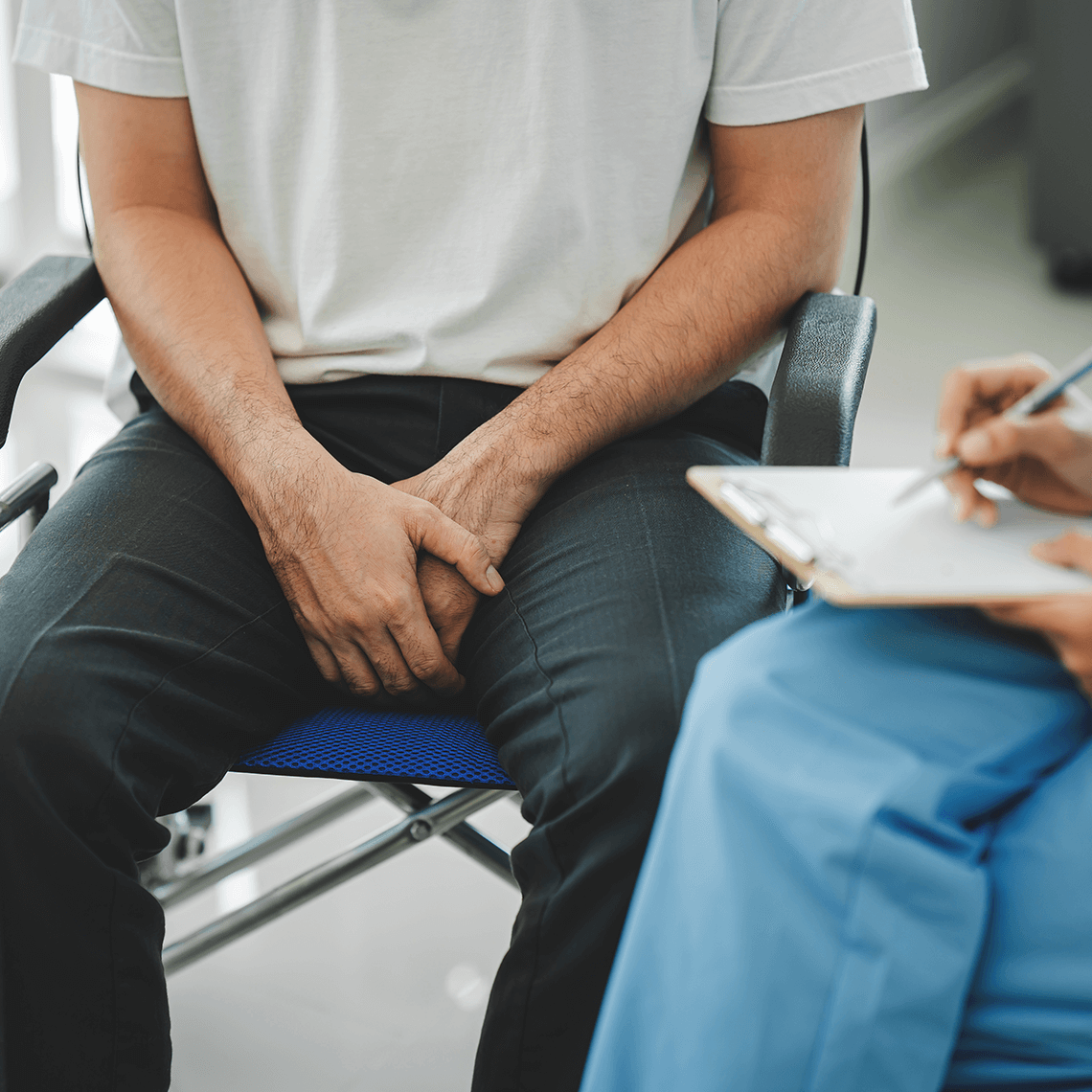Podcast
Getting Boards on Board with Patient Safety
Oct 13, 2017

Duration: 5:31
This podcast is an episode of Patient Safety Updates (Now Safety Net). You can find other episodes and subscribe using the links to the right.
Commentators
- Tejal Gandhi, MD, MPH
- Gerald Hickson, MD
- Robert Lemon
- Carol VanDeusen Lukas, EdD
- Annette Roberts, RN, BSN
- Charles Vincent, PhD, MPhil
- Peter Weinstock, MD, PhD
Transcript
On this episode we are at the IHI/NPSF Lucian Leape Institute’s 10th Annual Forum. Patient safety luminaries from around the world, gathering near Boston to review a new study on public perceptions of medical error….to discuss new trends…and to generate ideas on a singular focus: how to fully engage a healthcare organization’s governing board to make care better and safer.
“I think it was a great afternoon. We talked about the public opinion poll that we just released that talked about patients’ perceptions of medical error but then we spent most of the afternoon doing a deep dive into how we can better engage boards in quality and safety, and I think we had great panelists and a great discussion.”
Dr. Tejal Gandhi is president of the Lucian Leape Institute. Dr. Gandhi kicked off the forum detailing the results of a new survey of patients about medical error. Among the findings was that about a fifth of patient experienced a medical error, and that they consider themselves and family to be partly responsible for preventing errors. Gandhi says, the results reinforce the focus of the day’s event on engaging boards.
“The study shows that a significant percentage of Americans are experiencing medical error and so we need to accelerate our progress, and we think that leadership and boards are really a strong driver to accelerate that progress. We need to really engage with them so that we can make strides in patient safety.”
On a panel addressing the survey results and the state of safety in medicine was Charles Vincent, Professor of Psychology at the University of Oxford. Vincent is a long-time researcher in patient safety and a former member of the UK Commission for Health Improvement. He emphasizes the changing nature of care from in-patient through ambulatory sites and eventually the home.
“Well we don't yet know where the most salient risks are. Obviously, if people can be looked after in their own homes, there are many, many benefits to that, and that’s what we would all like. It’s just that I think we haven’t thought enough about the impact of what’s going on, and there are now people—patients and their caregivers—who are doing things that most formerly were only done by professionals. And they are doing things that many, junior doctors say for instance or nurses, are actually not allowed to do because they are so complicated.”
As reimbursement models become increasingly tied to reducing re-admissions and health measures for patient populations, more boards are incorporating those goals in their responsibilities.
“We certainly as a health system are being held accountable by all payers to get it right the first time.”
Dr. Gerald Hickson is a pediatrician and Senior Vice President for Quality, Safety, and Risk Prevention for Vanderbilt University Medical Center. Dr. Hickson’s research has included looking at the institutional responsibility for enforcing safety policies and improving the way things are done throughout their system.
“The board has got to set a vision and then they've got to hold team members accountable. They’ve got to equip us. They’ve got to routinely ask us how we’re doing, and they have to look at the performance data and they’ve got to interrogate that data. That’s the sort of partnership that’s important.”
From Virginia Mason, Robert Lemon is a member of the board of directors. Lemon was on a panel that described his organization’s approach, which he says changed dramatically several years ago when they committed to put serving patients at the top of their mission and processes.
“We take what’s called a standard work approach to everything, and this ranges everything from how we process inventory and patient billings, to how we conduct neurosurgery, and how we run our laboratories, and how we run our direct patient care facing activities. We break down the various activities around how that work is done, standardize it so that it’s repeatable, that we can measure it and eliminate mistakes and errors by virtue of going to a standard work approach.”
Brainstorming sessions generated ideas for bringing board members into the routine of patient safety. This was particularly interesting to a trustee from Cambridge Health Alliance, which includes three hospitals north of Boston. Board Chair Carol VanDeusen Lukas said she believes that board members must get increasingly active in the oversight of safety and quality as a fundamental responsibility, just like financial oversight.
“Just a few ideas like having board members join a safety huddle so that you can see firsthand—not in any show and tell way, but in a real way—what’s going on in our medical system.”
Annette Roberts, RN, BSN, attended from Milford Regional Medical Center in Milford, MA, where she is Director of Quality for the community hospital. Ms. Roberts said the topic of board involvement is a hot one among patient safety officers at every institution.
“It’s always an interesting topic to see how other people are presenting that data to the board. They need to see more than numbers. It’s always good to tell patient stories, to see the harms that we’re causing, not by choice, but to look and see what happens and what can they help us to prevent them.”
This was one of the first large-scale events presented by the recently merged Institute for Healthcare Improvement and National Patient Safety Foundation. More information on the Lucian Leape Institute and its recently released blueprint for Leading a Culture of Safety, is available online at www.npsf.org
About the Series
We’ve got you.
Our Safety Net podcast features clinical and patient safety leaders from Harvard and around the world, bringing you the knowledge you need for safer patient care.
Episodes
$1.5 Billion in Miscommunication: Medmal Data Report Finds Opportunities

Case Dismissed! Every Medical Defendant’s Dream Still Holds Some Nightmares

Expert: Communication Is Top Fix for Prostate Care Allegations


